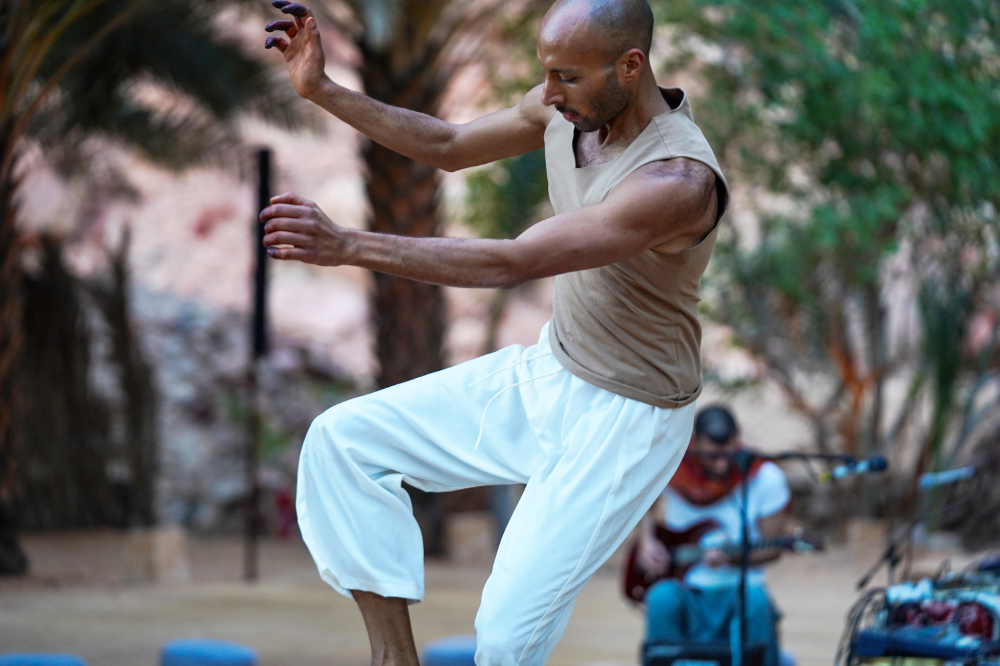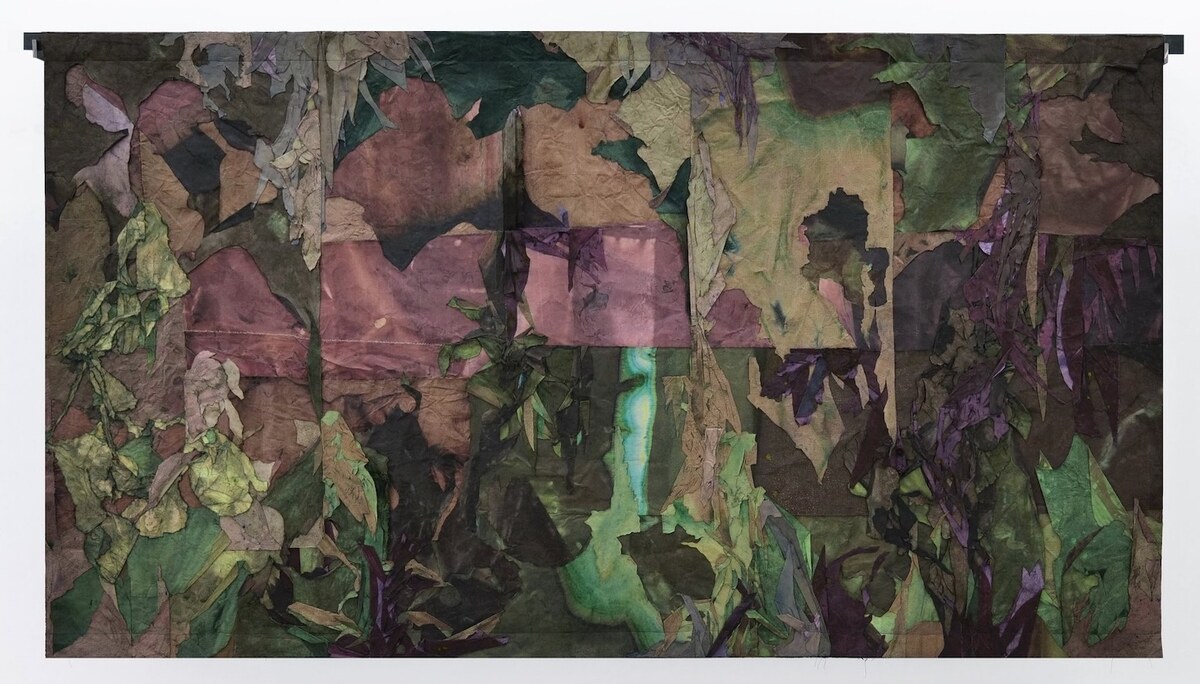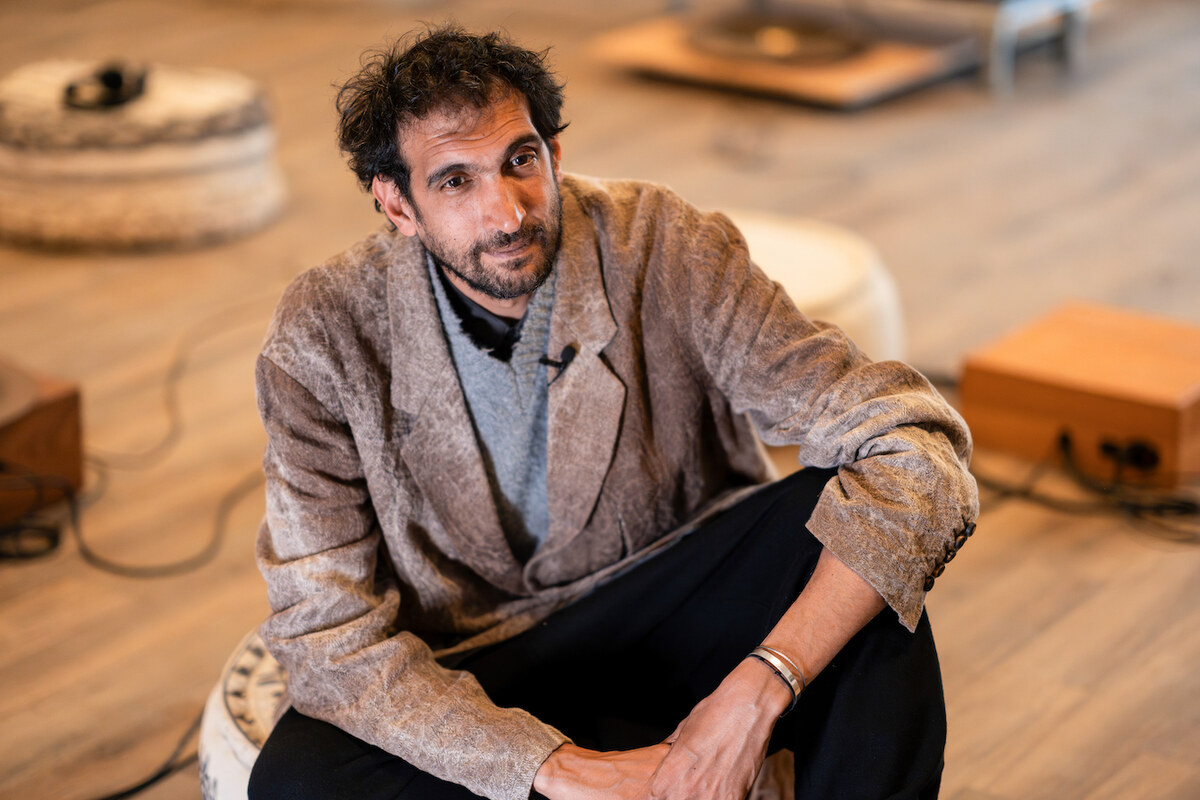RIYADH: Riyadh Art, one of the world’s largest public art programs, has unveiled four monumental public artworks with the launch of the Riyadh Metro, transforming stations into cultural landmarks.
At the King Abdullah Financial District Metro Station, designed by the internationally acclaimed Zaha Hadid Architects, Alexander Calder’s “Janey Waney” takes center stage.
The lofty and colorful sculpture exemplifies Calder’s pioneering spirit in kinetic art, creating a dynamic and engaging experience for visitors.
Nearby, Robert Indiana’s “LOVE (Red Outside Blue Inside)” — one of the world’s most recognizable artworks — captivates visitors with its vibrant interplay of color and universal themes of connection and hope.
Together, these masterpieces transform the daily commute into a celebration of art, architecture and creativity.
At the Qasr Al-Hokm Downtown Metro Station, designed by the renowned architectural firm Snohetta, Ugo Rondinone’s “The Sun” makes a striking golden centerpiece, symbolizing energy and renewal.
Complementing this is Zaman Jassim’s “When the Moon is Full,” a reflective and poetic piece inspired by Riyadh’s cultural heritage.
“These permanent artworks embody our vision of transforming Riyadh into an open-air gallery that enriches the quality of life and fosters a deeper connection between people and art,” said architect Khalid Al-Hazani, executive director of Riyadh Art.
“By collaborating with some of the most creative minds of our time, we’re not just adding art to public spaces — we’re creating cultural landmarks that inspire and engage generations,” he added.
Al-Hazani told Arab News: “The beautiful thing is that there is a specialized program under Riyadh Art dedicated to installing artworks in all 85 stations that we’ve already selected, which will be produced and placed within the upcoming year.”
Led by the Royal Commission for Riyadh City, Riyadh Art is championing cultural innovation and economic diversification, and positioning the Kingdom’s capital as a global center for contemporary art and culture.
Since its launch in 2019, Riyadh Art has seamlessly integrated art into the urban fabric, displaying over 500 artworks by more than 500 local and international artists, hosting more than 6,000 community engagement activities, and engaging more than 6 million visitors.
As the program continues to expand, the number of artworks and initiatives is expected to grow significantly, fostering a sense of community, enriching the city’s identity, and elevating Riyadh’s standing as a global arts destination.
































